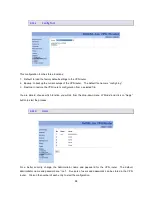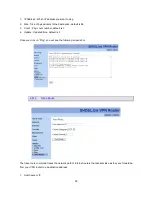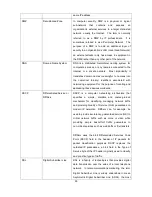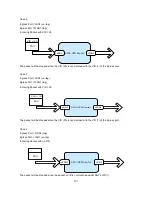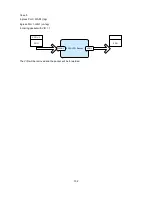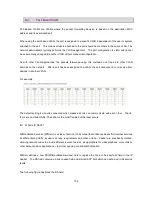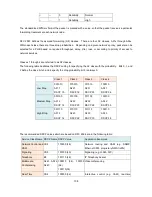
96
and the OSI protocol IS-IS. RIP has also been adapted
for use in IPv6 networks, a standard known as RIPng
(RIP next generation), published in RFC 2080 (1997).
SCR
Sustained Cell Rate
The sustained rate at which you expect to transmit
data, voice and video. Consider SCR to be the true
bandwidth of a VC and not the lone-term average traffic
rate.
SHDSL
Single-Pair High-speed
Digital Subscriber Line
Single-Pair High-speed Digital Subscriber Line
(SHDSL) is a form of DSL, a data communications
technology that enables faster data transmission over
copper telephone lines than a conventional voice band
modem can provide.
SNMP
Simple Network
Management Protocol
SNMP is a UDP-based network protocol. It is used
mostly in network management systems to monitor
network-attached devices for conditions that warrant
administrative attention. SNMP is a component of the
Internet Protocol Suite as defined by the Internet
Engineering Task Force (IETF). It consists of a set of
standards for network management, including an
application layer protocol, a database schema, and a
set of data objects.[1]
SNTP
Simple Network Time
Protocol
A less complex implementation of NTP, using the same
protocol but without requiring the storage of state over
extended periods of time is known as the Simple
Network Time Protocol (SNTP). It is used in some
embedded devices and in applications where high
accuracy timing is not required.
SSH
Secure Shell
SSH is a network protocol that allows data to be
exchanged using a secure channel between two
networked devices. The two major versions of the
protocol are referred to as SSH1 or SSH-1 and SSH2
or SSH-2. Used primarily on Linux and Unix based
systems to access shell accounts, SSH was designed
as a replacement for Telnet and other insecure remote
shells, which send information, notably passwords, in
plaintext, rendering them susceptible to packet
analysis.[2] The encryption used by SSH is intended to
provide confidentiality and integrity of data over an
unsecured network, such as the Internet.







